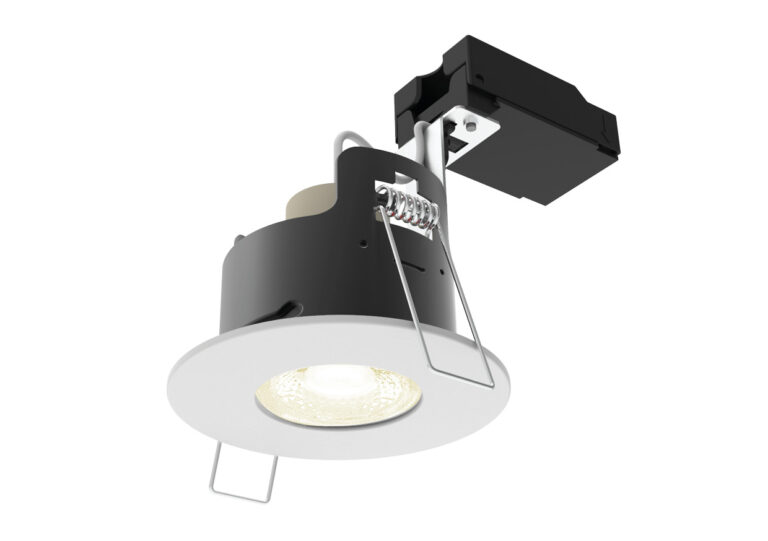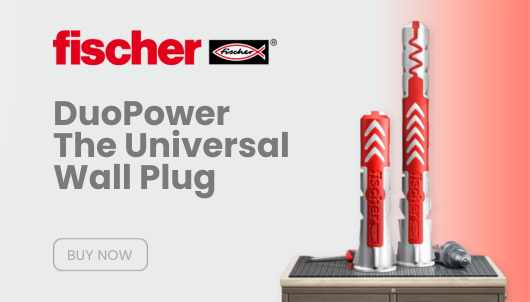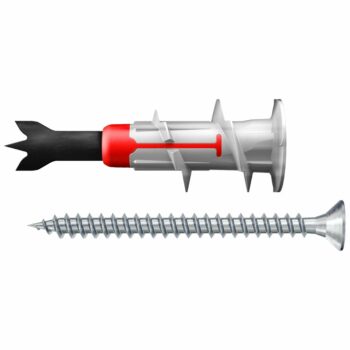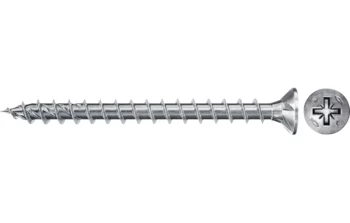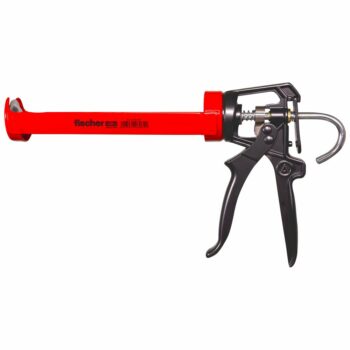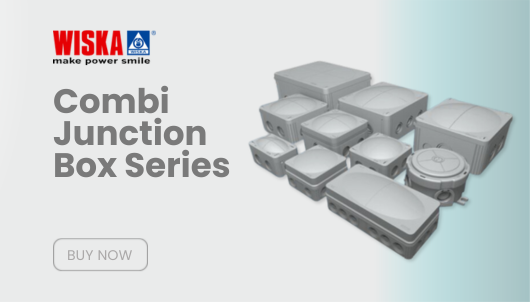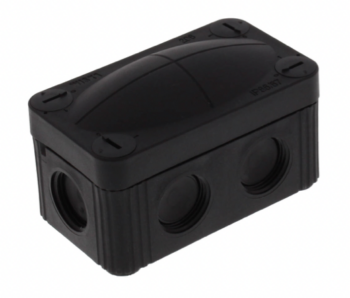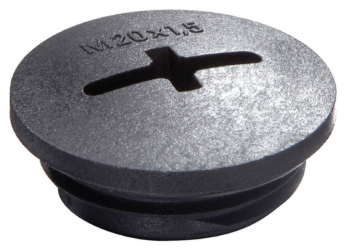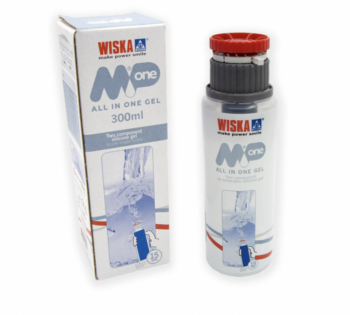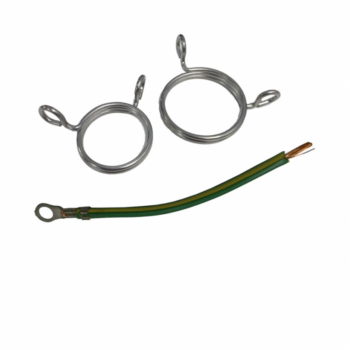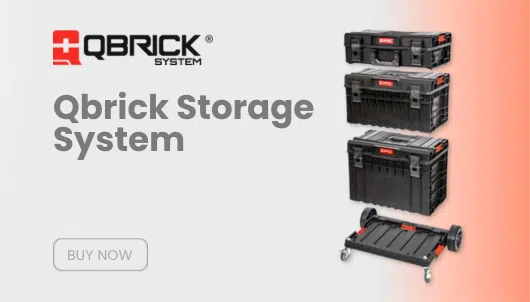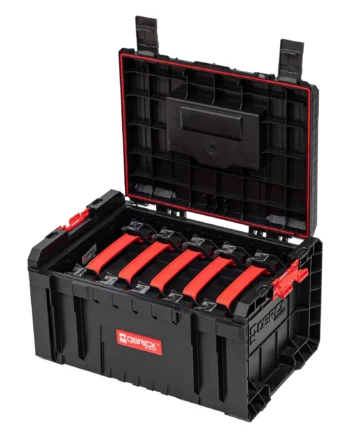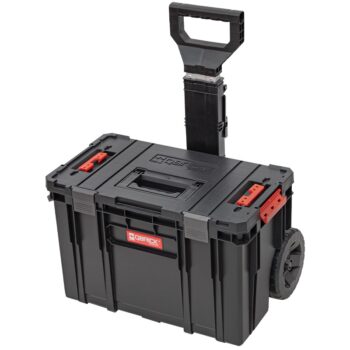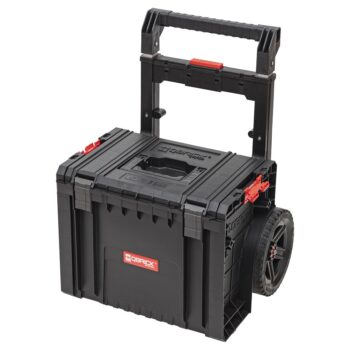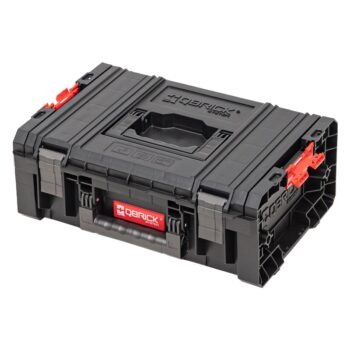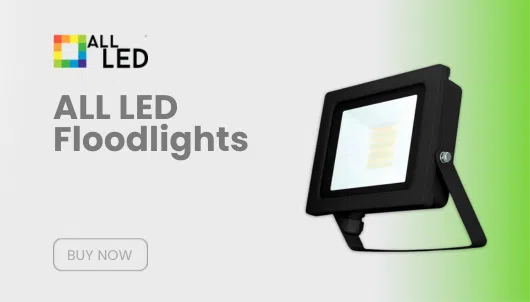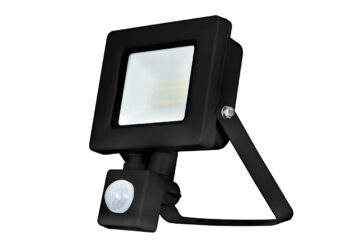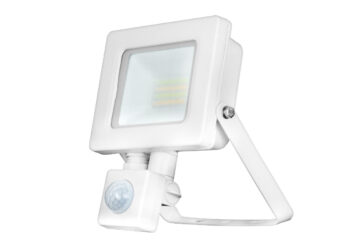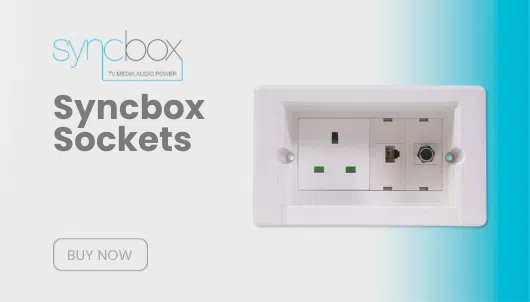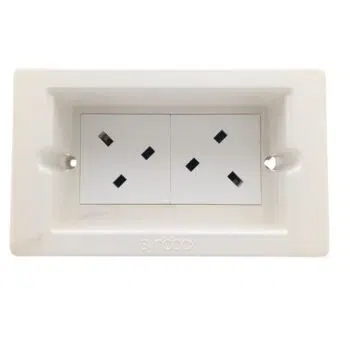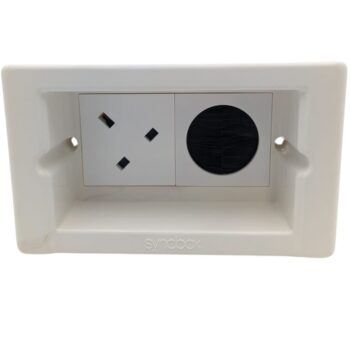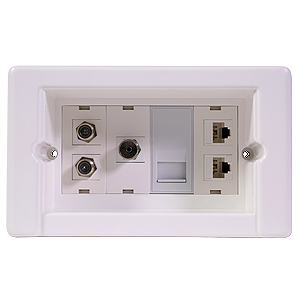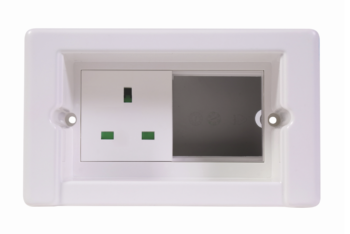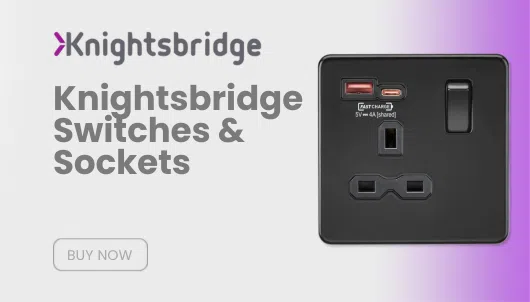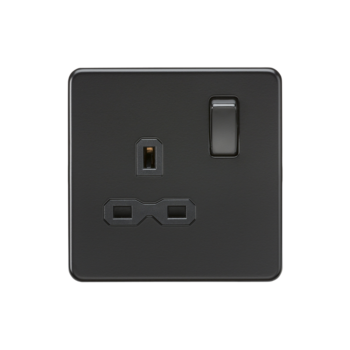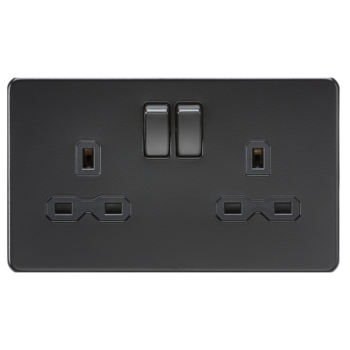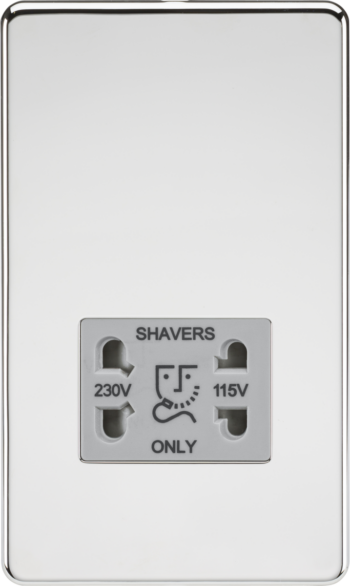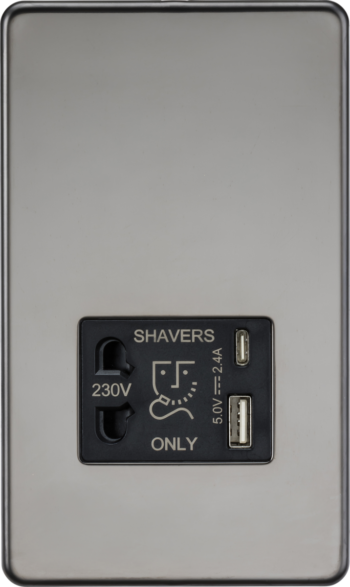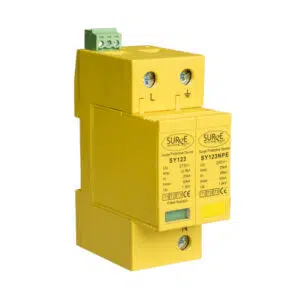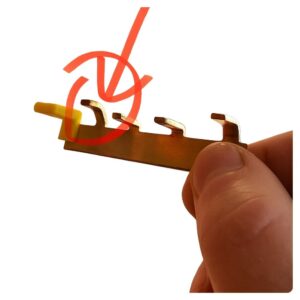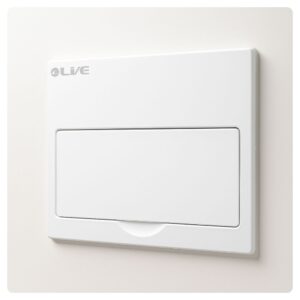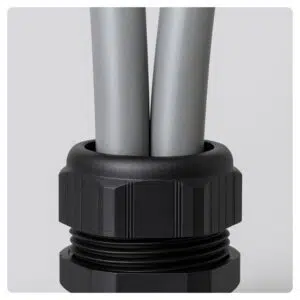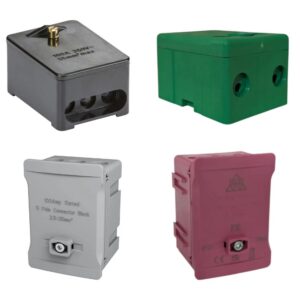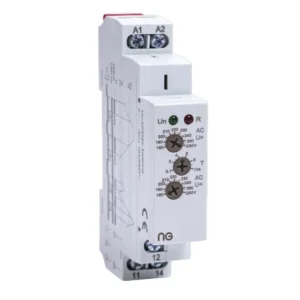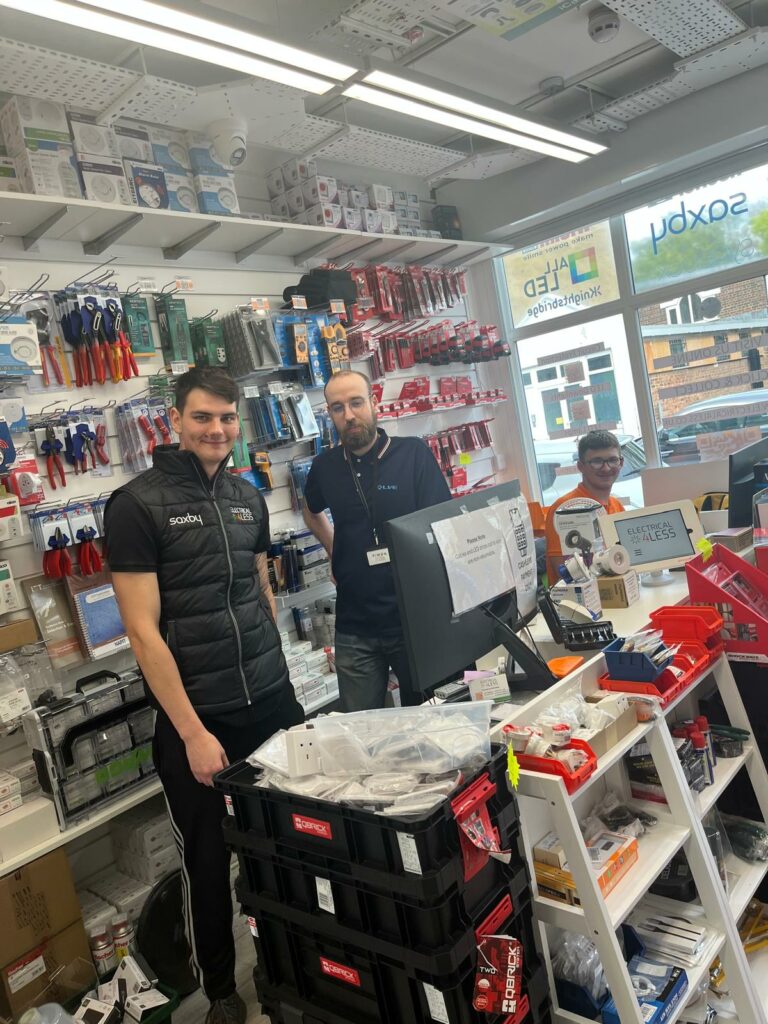LED downlights are a popular lighting choice for homes and businesses due to their energy efficiency, longevity, and modern aesthetic. If you’re considering switching to them or want to learn more about them, this comprehensive guide answers all your key questions.
Can You Replace Normal Downlights with LED?
Yes, you can replace traditional downlights with their LED alternatives. Many LED options are designed to fit into existing fixtures, making the upgrade simple and efficient. Some may require an LED driver, but many retrofit solutions are available for hassle-free installation.
Do They Use a Lot of Electricity?
No, LED downlights are extremely energy-efficient compared to traditional halogen or incandescent bulbs. They consume up to 80% less energy while providing the same or better light output, making them an eco-friendly and cost-effective lighting solution.
Do You Need an Electrician to Replace LED Downlights?
If you’re replacing like-for-like LED downlights, you may be able to do it yourself. However, if new wiring or fixtures are required, it’s best to hire a qualified electrician to ensure compliance with electrical regulations and safe installation. Our recommendation for any electrical work is to always call in an Electrician for your own safety and those around you!
What Is the Lifespan of an LED Downlight?
LED downlights have an impressive lifespan, typically ranging from 25,000 to 50,000 hours of use. This means they can last for many years, even with daily usage, making them a low-maintenance lighting option.
What Causes Them to Fail?
Several factors can cause LED downlights to fail, including:
- Overheating due to poor ventilation
- Power surges or electrical faults
- Low-quality components or manufacturing defects
- Incompatible dimmer switches
Are They Expensive to Run?
No, LED downlights are very cost-effective to run. They consume significantly less electricity compared to traditional bulbs, resulting in lower energy bills and reduced carbon footprints.
Do LED Light Bulbs Get Dimmer Over Time?
Yes, LED bulbs can gradually lose brightness over time, a process known as lumen depreciation. However, this happens very slowly and usually over several years, making them a reliable lighting solution.
How Many LED Downlights Per Room?
The number of LED downlights needed depends on the size of the room and the required brightness. A general rule of thumb is to space them 1.5 to 2 meters apart and consider 1 downlight per 1.5 square meters for adequate coverage.
What Colour Temperature Shall I Install in My Bathroom?
For bathrooms, it’s recommended to use cool white (4000K-5000K) LED downlights. This provides a bright, clean light ideal for grooming and hygiene tasks.
What Colour Temperature Shall I Install in My Kitchen?
Cool white (4000K-5000K) is the best choice for kitchens, as it offers clear visibility for cooking and food preparation while maintaining a modern aesthetic.
What Colour Temperature Shall I Install in My Living Room?
Warm white (2700K-3000K) LED downlights create a cozy and inviting atmosphere, making them perfect for living rooms where relaxation and comfort are key.
What Colour Temperature Shall I Install in My Bedroom?
Warm white (2700K-3000K) lighting is ideal for bedrooms, as it promotes relaxation and helps create a comfortable environment for winding down at night.
How Much Does It Cost to Run an LED Light Bulb for 24 Hours?
The cost to run an LED light bulb for 24 hours depends on the wattage and electricity rates. For example, a 10W LED bulb costs around 2-3 pence per day based on an average electricity rate of 14p per kWh.
Which Is Better: 12V or 240V LED Downlights?
Both have their benefits. 12V LED downlights (low voltage) are safer in wet areas and often last longer, while 240V LED downlights (mains voltage) are easier to install without needing a transformer.
Are LED Downlights Spotlights?
Yes, they can be considered spotlights as they provide focused lighting in specific areas. However, they are also available in wider beam angles to provide ambient lighting.
How Do LED Downlights Work?
They work by passing electrical current through a semiconductor, which emits light efficiently with minimal heat production. They often incorporate drivers to regulate power and ensure optimal performance.
Conclusion
LED downlights are an excellent lighting solution for modern homes and commercial spaces, offering energy efficiency, long lifespans, and a range of styles to suit various applications. Whether you’re looking to upgrade from traditional lighting, reduce energy costs, or achieve a sleek and contemporary aesthetic, they provide a versatile and reliable option.
By choosing the right fitting for each room—considering factors such as color temperature, wattage, and spacing—you can enhance both functionality and ambiance. Additionally, their low energy consumption and long lifespan make them a cost-effective investment that reduces environmental impact.
While some installations can be done without professional assistance, it’s crucial to ensure compliance with electrical regulations and safety standards. Consulting with an electrician for new installations or complex replacements will guarantee optimal performance and peace of mind.
Embracing LED technology is a smart choice for any property, providing a sustainable lighting solution that meets the demands of modern living.
See our full range of LED Downlights here!

